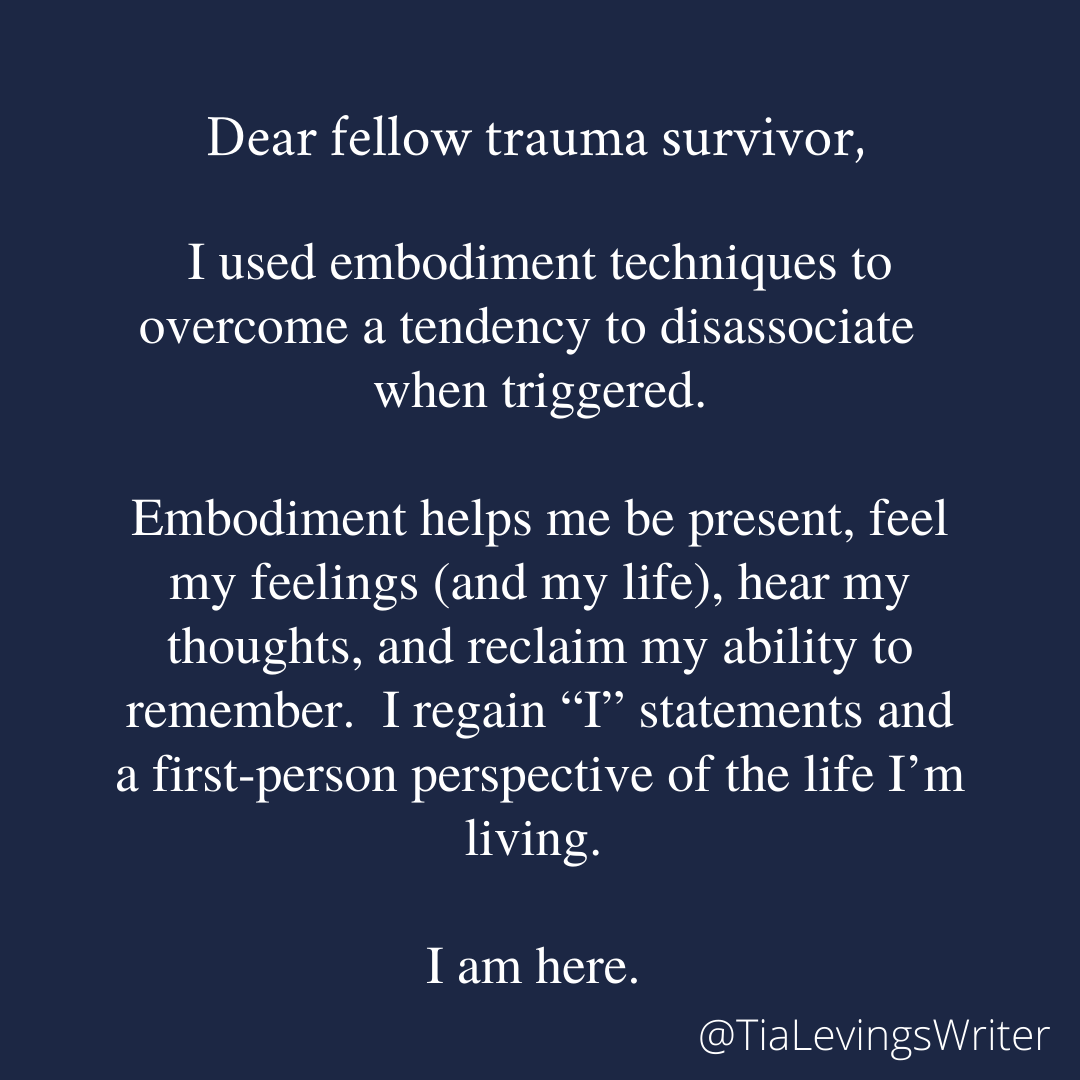Dear fellow trauma survivor,
A few weeks ago I wrote on Instagram about embodiment. In so doing, I took another giant step forward in my healing.
The thoughts were triggered by a series of posts I noticed around “deconstruction gram.” The loose para-community of souls unpacking their religious trauma and faith traditions hits on a few beats, the topics…
Keep reading with a 7-day free trial
Subscribe to What the Fundamentalist?! to keep reading this post and get 7 days of free access to the full post archives.




